

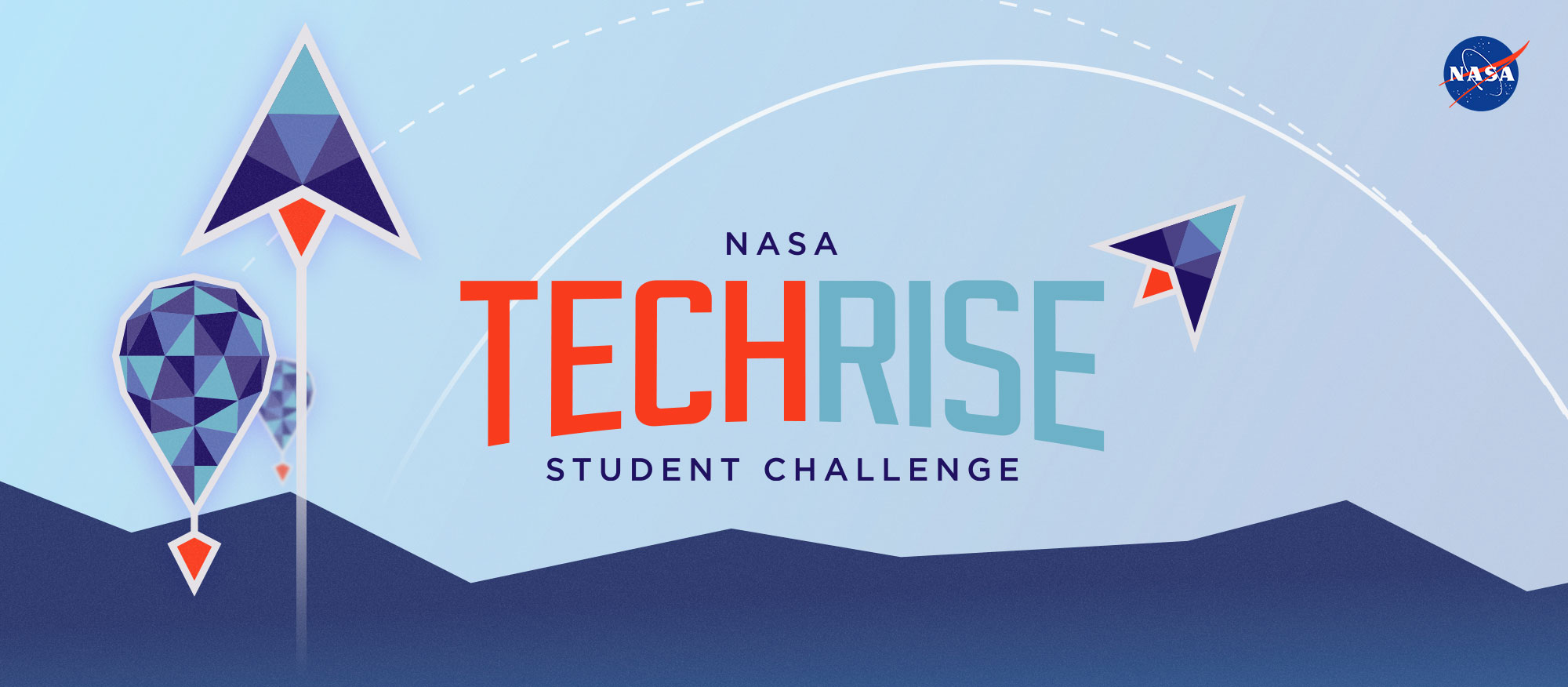


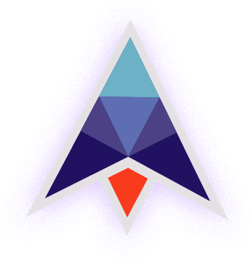 Rocket
Rocket
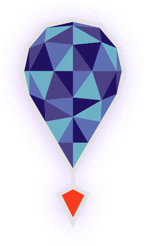 Balloon
Balloon




STUDENTS
Develop an experiment idea with your school team and fill out the Proposal Template. Give your completed proposal to your teacher.
TEACHERS/EDUCATORS
Coordinate with your students to submit their team proposal. Teachers can submit an unlimited number of proposals, but please make sure each proposal is unique.


















































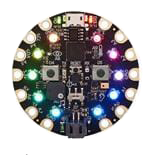
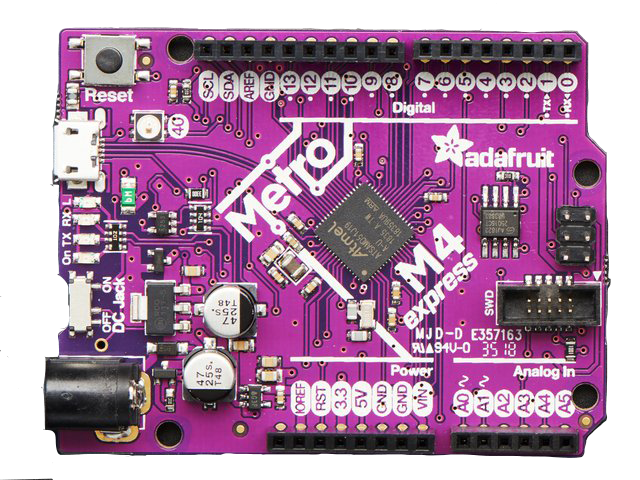
NASA's Flight Opportunities Program is leading the NASA TechRise Challenge, which is administered by Future Engineers. Flight Opportunities rapidly demonstrates promising technologies for space exploration, discovery, and the expansion of space commerce through suborbital testing with industry flight providers. The program matures capabilities needed for NASA missions and commercial applications while strategically investing in the growth of the U.S. commercial spaceflight industry. These flight tests take technologies from ground-based laboratories into relevant environments to increase technology readiness and validate feasibility while reducing the costs and technical risks of future missions. NASA’s Flight Opportunities program is funded by NASA’s Space Technology Mission Directorate (STMD) and managed at NASA’s Armstrong Flight Research Center in Edwards, California.
Thank you for your interest in contacting Future Engineers. We look forward to connecting with you!
General Inquiries
support@futureengineers.orgSponsorship Inquiries
sponsor@futureengineers.org